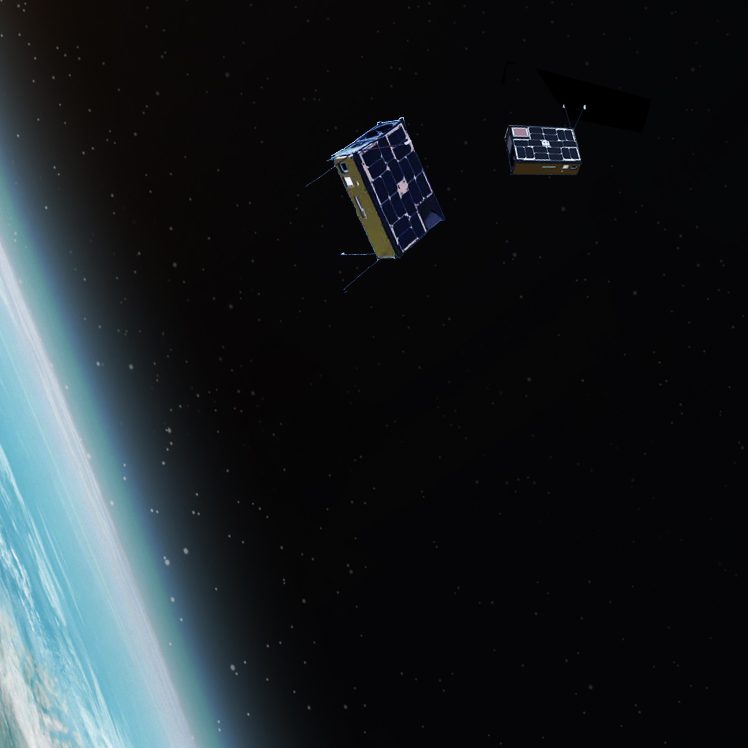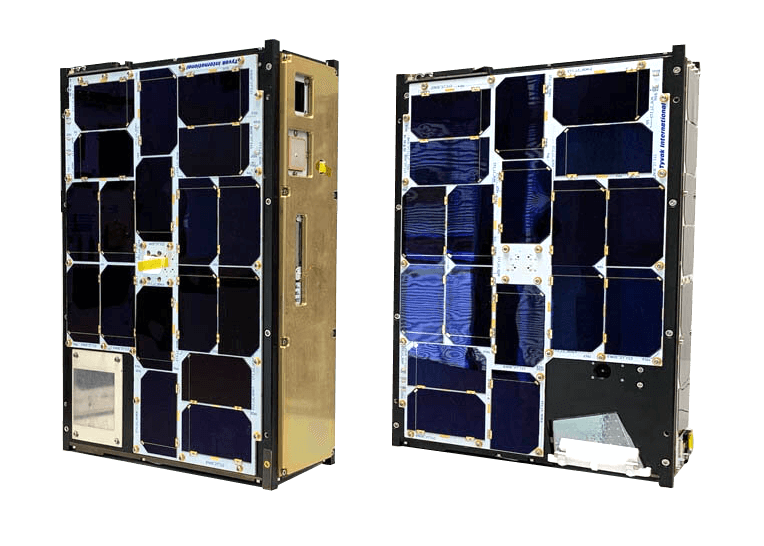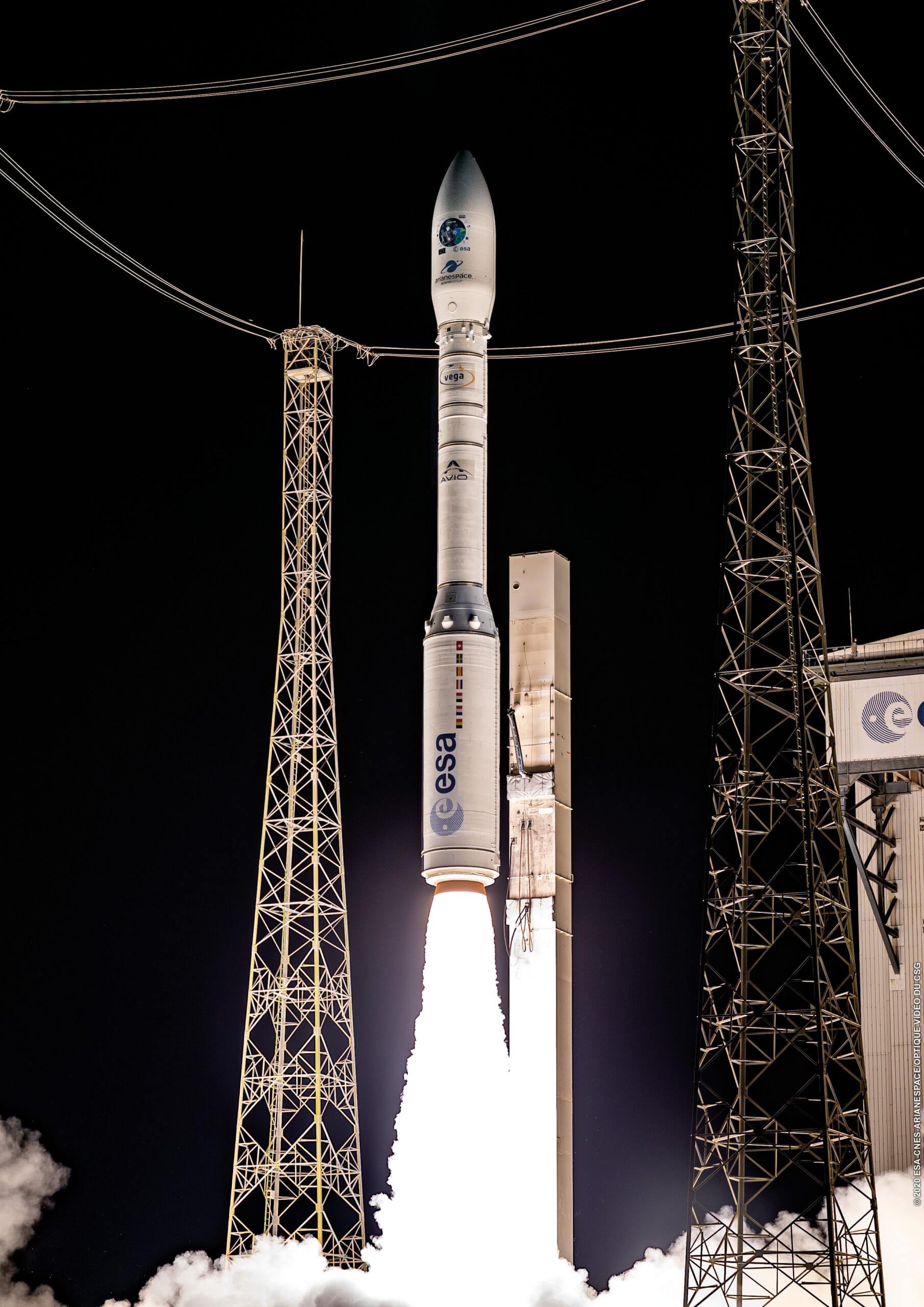
The FSSCAT Mission consists of a pair of spacecraft, built by Tyvak International, Terran Orbital’s overseas branch. The “Federated Satellite Systems/ 3 Cat-5” mission was the winner of the 2017 ESA S^3 (Sentinel Small Satellite) Challenge and the overall winner of the Copernicus Masters competition.
FSSCat consists of two 6-unit CubeSats carrying on board UPC’s Flexible Microwave Payload – 2 (FMPL-2), an L-band microwave radiometer and GNSS-Reflectometer implemented in a software-defined radio, and Cosine’s HyperScout-2 visible and near-infrared + thermal infrared hyperspectral imager, enhanced with PhiSat-1, an onboard Artificial intelligence experiment for cloud detection. Both spacecraft were developed by Terran Orbital and include optical and UHF inter-satellite links technology demonstrators, provided by Golbriak Space and UPC, respectively.

Nation
Application
Operator
Configuration
Launch Date
Launch Vehicle
Mission Length
Mission Completion

VV16’s mission – with 21 customers from 13 countries on board – will serve different types of applications: Earth observation, telecommunications, science, technology/education, etc.
By choosing Arianespace, all customers are entitled to the same level of quality and reliability. New customers such as laboratories, universities and start-ups are guaranteed the optimum conditions for the launch of their space projects.
For the European partners involved, the SSMS’ purpose is to perfectly address the bourgeoning microsatellite market for institutional and commercial needs by offering a new rideshare concept on the Vega light-lift launcher.
The SSMS rideshare concept is now integrated into Arianespace’s commercial offer as a new service to address the small satellite market.
This Arianespace’s concept – involving multiple small satellites from 1 kg. to 500 kg. being flown together on Vega with the objective of sharing the launch cost – has been developed with the support of ESA and Avio. The satellite dispenser is an ESA product developed by Avio under ESA leadership and it is produced by the Czech company, SAB Aerospace s.r.o. Satellite integration has been performed for the first time in Europe (Czech Republic).
The European Union contributed to the financing of this PoC flight.
The SSMS dispenser is composed of different modular components, which can be put together as needed in a building-block style:
For Flight VV16, the launcher will carry seven microsatellites (from 15 kg. to 150 kg.) on the upper portion, along with 46 smaller CubeSats on the lower portion’s Hexamodule.